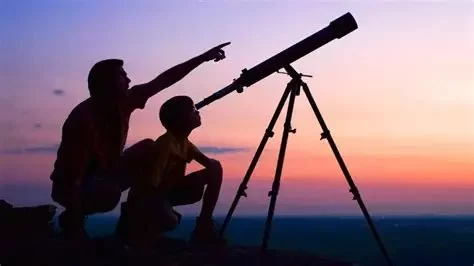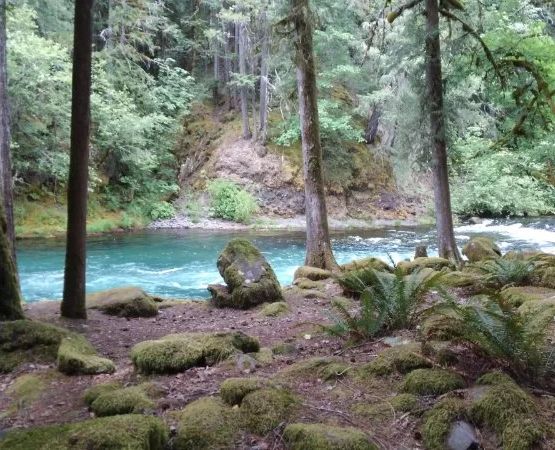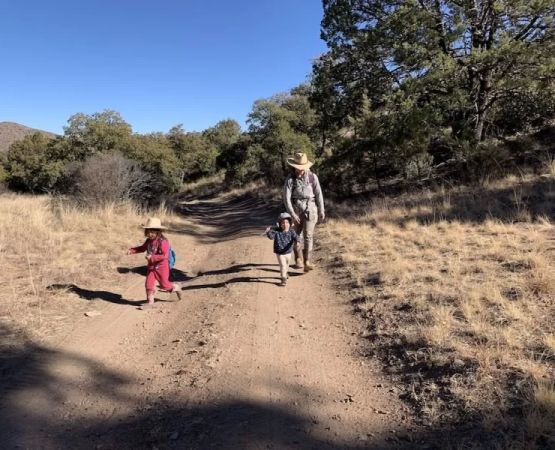- 1 - How Outdoor Astronomy Inspires Lifelong Learning
- 2 - The Power of Hands-On Experiences Under the Night Sky
- 3 - Building Scientific Thinking Skills Through Astronomy
- 4 - Encouraging Teamwork and Community Through Stargazing
- 5 - Real-World Examples of Astronomy in Education
- 6 - Why Schools and Families Should Embrace Outdoor Astronomy
- 7 - Practical Tips for Organizing Educational Astronomy Nights
1 - How Outdoor Astronomy Inspires Lifelong Learning
Looking up at the stars has always sparked human curiosity. For students, outdoor astronomy offers an unforgettable way to connect with science beyond textbooks. Unlike classroom lectures, stargazing provides a direct encounter with the vastness of the universe. This perspective encourages learners to ask deeper questions about space, time, and their place in the cosmos. Many educators have found that students who participate in outdoor astronomy events often show greater enthusiasm for science subjects and a willingness to explore new fields of study. At Pine Cliff Resort, astronomy activities are designed to bring this sense of wonder to both beginners and advanced learners.
2 - The Power of Hands-On Experiences Under the Night Sky
Hands-on learning is one of the strongest methods for retaining knowledge, and astronomy is no exception. When students handle telescopes, identify constellations, or even capture photographs of celestial objects, they engage multiple senses in the learning process. Unlike reading about the rings of Saturn, seeing them through a telescope creates a personal, unforgettable moment. These real experiences help solidify scientific concepts in ways lectures alone cannot achieve. Educators report that outdoor astronomy sessions often become the most memorable part of the academic year for students.
3 - Building Scientific Thinking Skills Through Astronomy
Outdoor astronomy does more than entertain—it cultivates valuable skills. By observing celestial patterns, tracking planetary movements, and analyzing star charts, students practice critical thinking and problem-solving. Astronomy encourages learners to form hypotheses, test their observations, and refine their understanding. For example, predicting the phases of the moon or identifying when a meteor shower will occur sharpens analytical skills. These activities strengthen a scientific mindset that extends beyond astronomy, benefiting students in other areas of education and life.
4 - Encouraging Teamwork and Community Through Stargazing
Outdoor astronomy also fosters collaboration. Stargazing events are often shared experiences where groups gather to observe the night sky together. Students learn to exchange observations, share telescopes, and discuss findings as a team. This community approach not only enhances learning but also teaches respect for diverse perspectives. Families who join these events often discover a stronger sense of connection, as the shared awe of the universe becomes a bonding experience. Organized astronomy nights at places like Pine Cliff Resort are ideal for both educational and social development, uniting people across generations.
5 - Real-World Examples of Astronomy in Education
Across the world, schools and universities have used astronomy as a gateway to inspire interest in science. A well-known example comes from programs where students work with professional observatories, contributing to real scientific discoveries. In one case, a group of high school students identified a previously unrecorded asteroid during a school-led stargazing event. Stories like this demonstrate the real impact astronomy can have, proving that young learners can make meaningful contributions to science while developing a lifelong passion for discovery.
6 - Why Schools and Families Should Embrace Outdoor Astronomy
For schools, outdoor astronomy provides an affordable yet powerful way to enrich science curricula. It combines elements of physics, mathematics, and natural science in an accessible way. Families also benefit when they participate, as shared stargazing creates lasting memories while supporting educational growth. Many parents find that children who experience astronomy outdoors become more curious about environmental sciences and more engaged in classroom learning. The practical benefits extend beyond academics, as these experiences often inspire patience, focus, and resilience in learners.
7 - Practical Tips for Organizing Educational Astronomy Nights
Organizing an outdoor astronomy event requires planning, but the rewards are immense. Schools and families should choose locations with minimal light pollution to ensure the best views. Providing telescopes, binoculars, or even star maps helps participants engage more deeply. Safety is also a priority, with clear guidelines for group management at night. Resorts like Pine Cliff Resort often host guided astronomy nights, combining professional support with the beauty of natural landscapes. By creating structured yet exciting experiences, organizers ensure that participants leave inspired and eager to continue learning about the stars.







